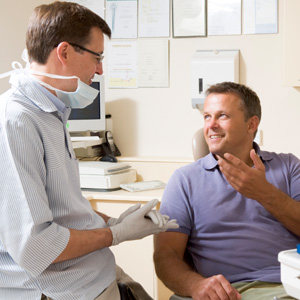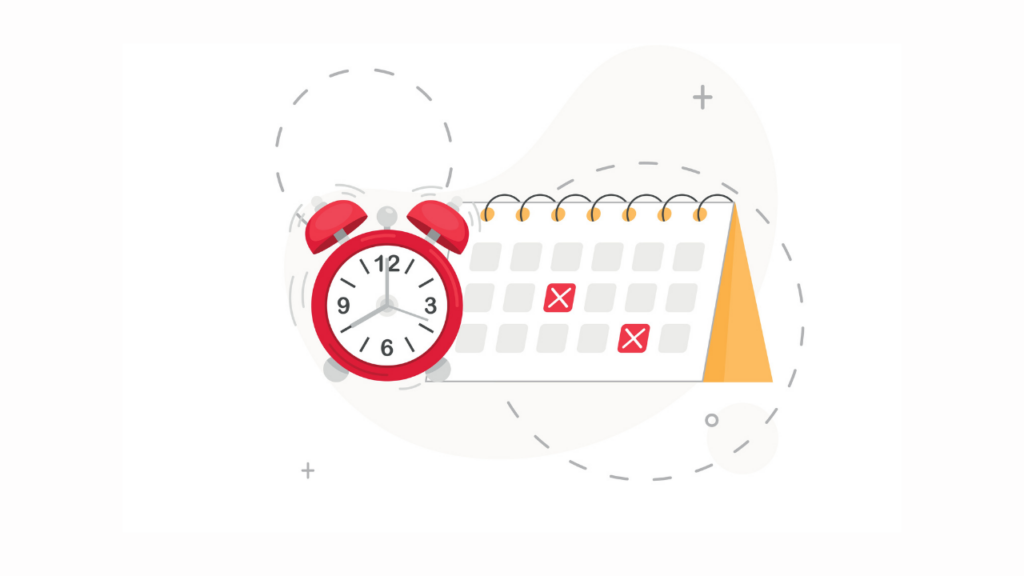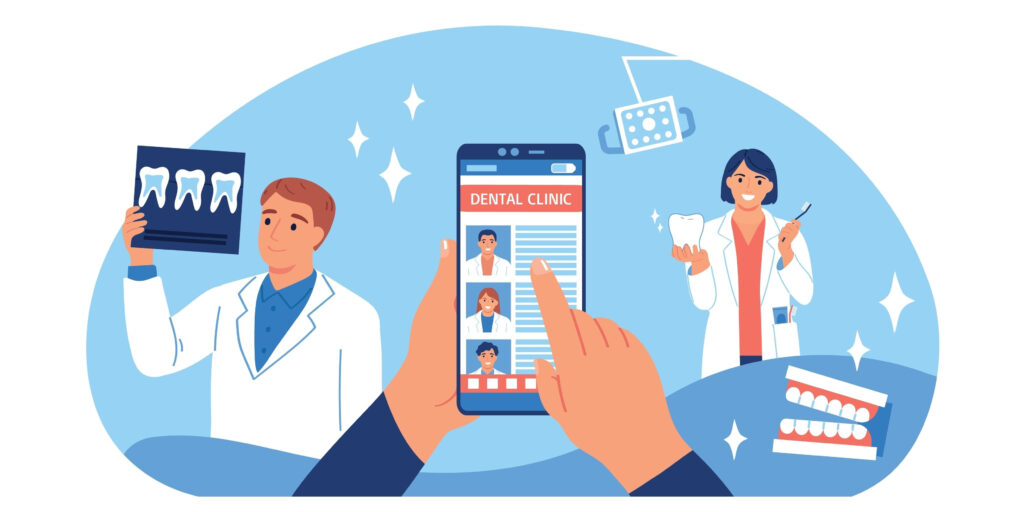Last updated on September 27th, 2018 at 10:43 am
 What are the most stressful aspects of running a dental practice?
What are the most stressful aspects of running a dental practice?
If you’re the average dentist, at least two of these points would be:
- Schedule problems – i.e. patients scheduled all over the place at random times, working through lunch, cancellations no-shows, etc. and
- Treatment plan acceptance – patients not accepting their treatment plans altogether or only doing what their insurance will cover.
Ultimately, these two issues boil down to the same root cause: Poor patient compliance!
Why do you have poor patient compliance?
Look, there are volumes of information I could cover on case acceptance (in fact, the MGE Communication & Sales Seminars consist of nine full days focusing on just that subject). There’s also no lack of data on the subject of scheduling: Dr. Winteregg has a multi-part article about scheduling policies, we also have seminars and a DVD on the subject.
(Related: 3 Ways to Boost Case Acceptance)
For immediate improvement however, I’ll share a common denominator I’ve found with every dentist that has problems with patient compliance:

They’re ASKING when they should be TELLING.
For example: A patient calls the office or comes to the front desk to be scheduled for a procedure. The front desk worker asks them, “When would you like to come in?”
What do you think the patient is going to say? Of course they’re going to say, “After work,” “before work” or “Saturday.”
(Related: Free Seminar: The Effective Case Acceptance Seminar)
By the time the front desk tries to steer them toward another time, they’re mind’s already set on the evening or weekend time they volunteered.
If this is happening in your office, it’s no wonder that you’re booked in the evenings and weekends, with plenty of openings everywhere else in the schedule.
The problem here is that the front desk asked when they should have told.
(Related: 3 Techniques to Improve Employee Phone Skills)
When the patient came to schedule, the appropriate statement would have been, “The doctor would like to see you for this procedure within the next two weeks. We can see you on Thursday at 2 o’clock.”
If the patient objects, then you can inform them of the other times available on the schedule. But I think you’ll be surprised how many patients don’t object.
This seems like it’s too simple—simply telling instead of asking—but it actually makes quite a difference and completely changes the nature of your conversation. It puts the front desk in control instead of the patient – which is fine as you should be in control on your own “turf!”
How this applies to case acceptance.
 It is important to inform a patient of their options (and certainly don’t violate any laws of your state in regards to withholding options), but in the dental industry this is sometimes taken way overboard. I’ve seen other industry consultants advising you to lay out your treatment plans with so many options or “tiers” that you essentially become a fast food restaurant—with the patient picking and choosing whatever items they want like a McDonald’s menu.
It is important to inform a patient of their options (and certainly don’t violate any laws of your state in regards to withholding options), but in the dental industry this is sometimes taken way overboard. I’ve seen other industry consultants advising you to lay out your treatment plans with so many options or “tiers” that you essentially become a fast food restaurant—with the patient picking and choosing whatever items they want like a McDonald’s menu.
(Related: Free Ebook: The MGE Guide to Comprehensive Case Acceptance)
Well, a dental clinic isn’t a burger joint. You’re making medical decisions for the patient’s long-term health and well-being, not choosing pizza toppings.
A lot of times, when you leave it completely up to the patient, you actually are just confusing them.
The patient came to you trusting that you, as a doctor, know what’s best for their health. The patient didn’t want to be their own doctor. If that was the case, they could have gone to WebMD.com and run around in circles trying to self-diagnose and figure out the best course of treatment. THAT’S confusing.
(Related: 3 Ways to Improve New Patient Conversion)
Informing a patient of their options doesn’t mean you are obligated to do whatever treatment the patient or insurance company dictates. You can tell the patient what course of treatment you are going to do to restore them to optimum health—and if they refuse to do that, you can refer them elsewhere.
 When you go see a medical doctor, there’s not a whole lot of asking you what you’d like to do. You won’t hear an MD asking how you like to proceed with your kidney stones or appendicitis. They tell you what tests they’re going to run or what procedure needs to be done and then let you arrange the payment. I don’t see why it should be any different for a dentist.
When you go see a medical doctor, there’s not a whole lot of asking you what you’d like to do. You won’t hear an MD asking how you like to proceed with your kidney stones or appendicitis. They tell you what tests they’re going to run or what procedure needs to be done and then let you arrange the payment. I don’t see why it should be any different for a dentist.
When you’re hesitant or asking the patient if they’d like to schedule for a procedure, the patient “smells” uncertainty—which isn’t what they want from their doctor. The fact that you’re asking them makes it seem to them like the treatment must not really be so important or needed after all.
(Related: Increase Production From Your Existing Patient Base)
So explain the treatment plan, ensure the patient understands their condition and the requisite options, and then tell them what need to be done. Have confidence that you know what’s best for their health and let it show.
Treat them like a family member or loved one—you wouldn’t let them go on indefinitely with an untreated abscess or simply pull their tooth and be done with it (when it could have been saved), would you?
Don’t worry about offending people—some positive direction is appreciated.
It’s natural to feel a little hesitant at first, but the truth is, people appreciate positive direction. Especially regarding subjects in which they aren’t experts, they respond better to guidance.
 Decades ago, Disney World figured this out when they implemented a single tram from the parking lot to the park. They tell people, “Park here” and “take this tram to the park” and “enter here.” That’s how you get to the park. That’s it. If Disney just had an open parking lot and let people wander around whichever way they chose, it’d be a mess. People would be complaining constantly as they got lost, went in the wrong direction, or took way too much time walking.
Decades ago, Disney World figured this out when they implemented a single tram from the parking lot to the park. They tell people, “Park here” and “take this tram to the park” and “enter here.” That’s how you get to the park. That’s it. If Disney just had an open parking lot and let people wander around whichever way they chose, it’d be a mess. People would be complaining constantly as they got lost, went in the wrong direction, or took way too much time walking.
(Related: 5 Ways to Improve the Patient Experience)
Apple centered their whole smartphone and iPad concept around “one button.” You don’t have to pick from a big menu or try to figure anything out. There’s just one button to press. And people appreciate this.
So have a bit of a firmer hand with your patients, and give them guidance.
Have your front desk tell the patient when their next appointment is, instead of asking. And instead of finishing a treatment presentation with “Would you like to schedule for the first crown?” finish with “You need three crowns. They should all be done soon, before there’s a chance for the condition to worsen, so I’d like to schedule you for the first visit within the next two weeks. How would you like you to pay?”
You’ll see the difference in the way patients respond when you do this. It’s a really simple change, but it can make all the difference in your case acceptance rate and production and, even more importantly – your patient’s health.
If you haven’t already, I highly recommend attending our free seminar, the Effective Case Acceptance seminar, which is held across the US and Canada. The next thing I’d recommend is our online training platform, DDS Success, where you can train your entire team from your office. Best of luck!


No Comments
Be the first to start a conversation